A callout to the public resulted in six rookeries being found in the Waikato, with four needing control.
“Due to some extremely strong winds and adverse weather conditions, two of the rookeries had either nests blown out, eggs blown out and predated on, or chicks blown out of the nests,” says WRC biosecurity officer Andrew McConnell.
“And it would have been great if we could have carried out control prior to the strong winds [around October 20].”
Rooks generally build rookeries at the top of pine or eucalyptus trees; to control them a toxin is applied directly to the nest by a person hanging from a helicopter.
In September, WRC asked landowners to report rook sightings for targeted pest control before the non-native, large black bird becomes a problem on farms.
Rooks, which were introduced to NZ in the 1860s to control insect pests, are one of the most destructive farm production pest birds worldwide. They feed on newly-sown crops and can destroy entire paddocks and silage in search for grubs.
“Rooks can form breeding colonies of up to several hundred birds; that’s definitely not something we want to be seeing here in our region,” says Andrew.
“We’ve been managing rooks in the Waikato since 2002 and estimate the population is now less than 50 birds, so that’s good news. However, this small number means it’s like looking for a needle in a haystack for them, which is why we needed landowners’ help.”
Three of the rookeries were found in Mangakino, two in Matamata/Te Poi and one in Hamilton.


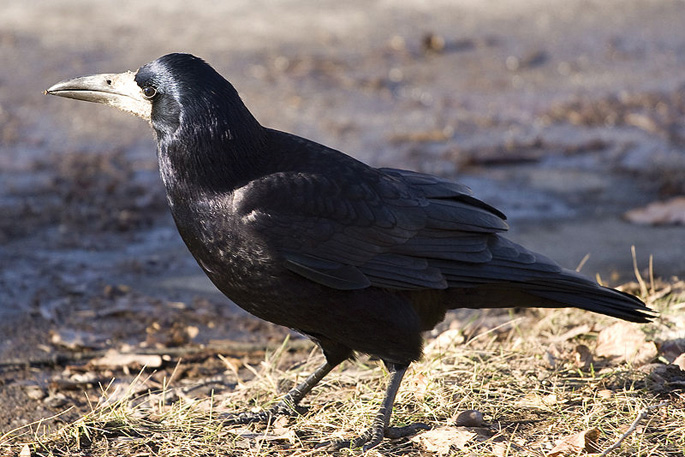
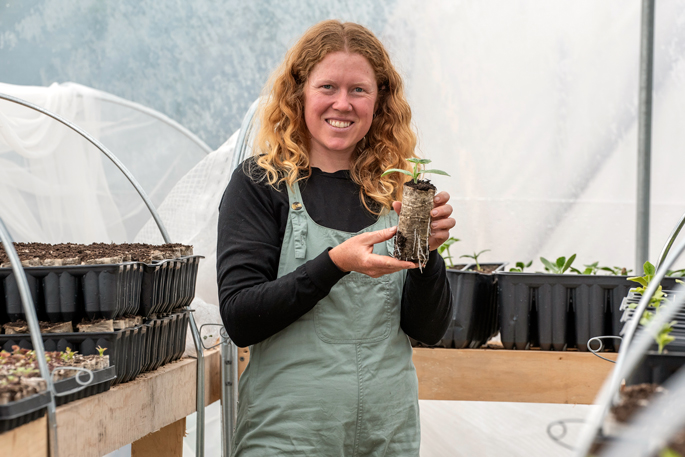
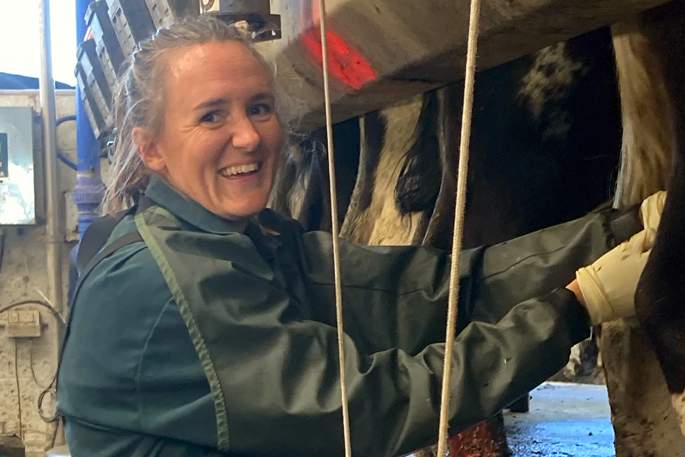
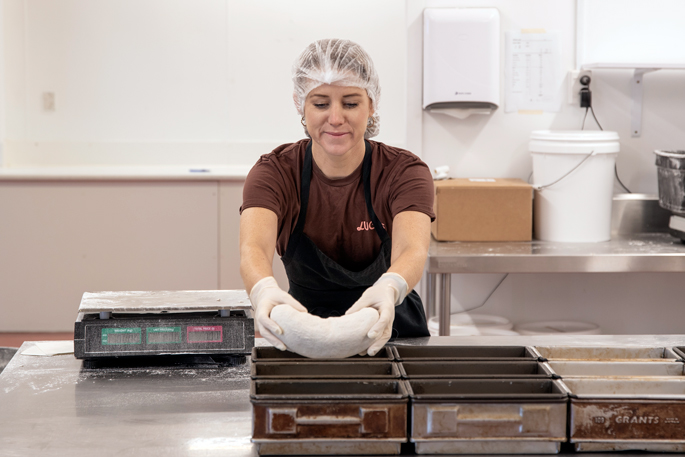
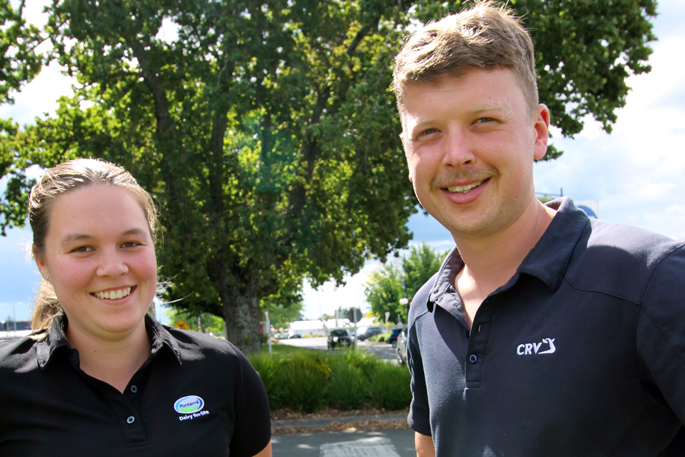
0 Comments
Leave a Comment